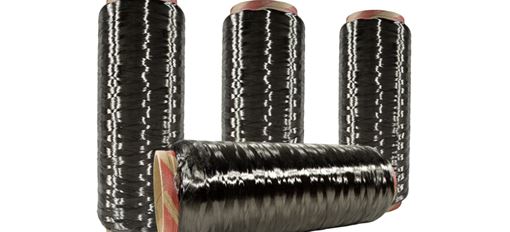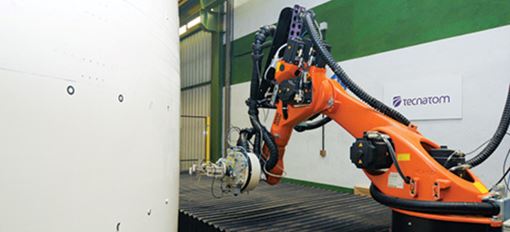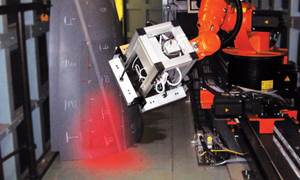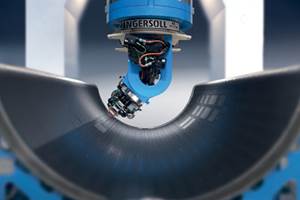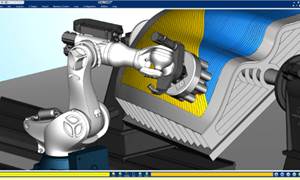Instead of placing material at parent-roll width, which can commonly be found up to 5.5ft (1.7m) wide, many rolls of material are slit to smaller width. Process-dependent widths are critical parameters that affect machine specification and part design requirements.
Accurate widths of material that are readily available are necessary to ensure operational capability. While many external companies offer slitting services, wait times for deliverables can be several months in the future, depending on many factors. To reduce supply chain risk and reduce overall costs, some companies choose to slit their material in-house instead of relying on vendors.
Bringing slitting services in-house helps reduce supply chain risk and ensures that the firm has the material widths they need, just when they need it. Instead of waiting months for a vendor to process their order, firms produce the spools of material just in time for manufacturing efforts.
A component of the slitting process involves spooling the slit material onto smaller spools to be loaded directly onto the machine. This re-spooling capability not only allows the spooling of new material, but also facilitates the combining of partially used spools. Instead of starting a new part build with existing partial spools, which could require operators to stop mid-process to load more material, manufacturing operations can combine partially-spent spools into full spools.
This process not only reduces non-value-added time (loading new material), but reduces waste through fully using partially spent material spools. Slitting processes are typically wholly independent of other systems (AFP, for example) and require dedicated hardware and floor space.


